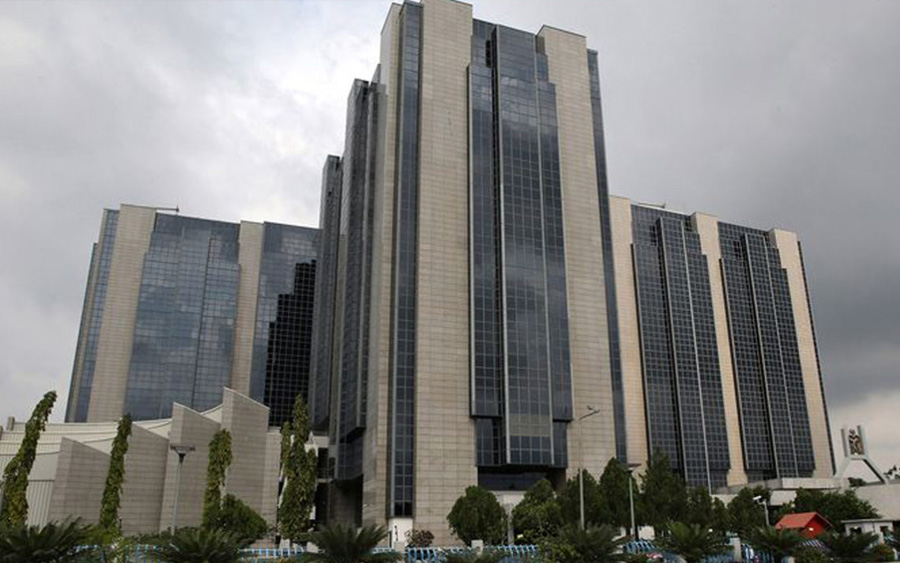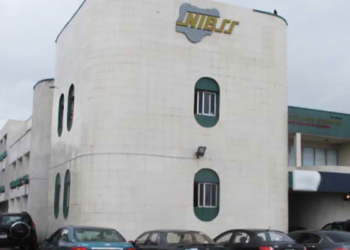Capital Adequacy Ratio (CAR) is basically the proportion of the bank’s tier 1& tier 2 equity (Qualifying capital or Equity) as a proportion of its risk weighted assets (loans). It is the proportion of a banks own equity in relation to its risk exposure. If a bank for example, has ₦200 billion risk weighted assets and has a qualifying capital of ₦60 billion then its CAR is ₦60 billion/₦200 billion which is equal to 30%.
The capital adequacy ratio (CAR) for banks in Nigeria currently stands at 10% and 15% for national/regional banks and banks with international banking license, respectively.
In the computation of CAR recommended by Basel Committee on Banking Supervision (BCBS), Tier 2 capital should not constitute more than 50% of the qualifying capital, that is, 100% of Tier 1. However, banks designated as SIBs would be required to maintain a minimum CAR of 15% out of which Tier 2 capital should not constitute more than 25% of the qualifying capital.
In other words, Tier 1 capital should be at least 75% of the bank’s qualifying capital. In addition, SIBs in Nigeria would be required to set aside Higher Loss Absorbency (HLA) or additional capital surcharge of 1% to their respective minimum required CAR.
This should be met with Common Equity Tier 1 (CET1) capital6. The aim of the additional loss absorbency requirement is to ensure that the SIBs have a higher share of their balance sheet funded by instruments that re-enforce the resilience of the institution as a going concern.
In a situation where the foreign subsidiary of a Nigerian bank is considered systemically important by the host authority, the Central Bank of Nigeria and the host authorities would make arrangements to coordinate and cooperate on the appropriate HLA requirement, within the constraints imposed by the relevant laws in the host jurisdiction.
CAR helps regulators protect depositors from banks who lend aggressively and in doing so do not get back most of the money lent. This is because when a bank makes large loan losses that wipe out its total equity, it may lead to an immediate bankruptcy thus making depositors loose their money.
Different countries have methods of determining what constitutes Tier 1 & 2 capital as well as risk weighted assets. The Central Bank of Nigeria currently provides guidelines for determining what these components are and can be found following the link below.
FORMULA FOR CAPITAL ADEQUACY & LIQUIDITY RATIO
Note: This article was originally Published May 9, 2013 but has been modified to reflect current variation to the definition of CAR





















MEANING OF CAPITAL ADEQUACY RATIO AS DEFINED BY THE CENTRAL BANK OF NIGERIA https://t.co/JvZNBisEIq #UGOMETRICSBLOGWEEKENDRECAP
Very good write up. So educative. Have learnt a great deal. I am just a Microfinance Bank staff working in audit and control. I will appreciate if i can get more tutorial on how to divest financial statements and other parameters useful to access financial position of financial institution.